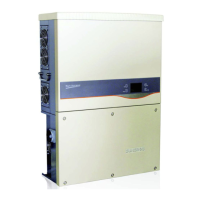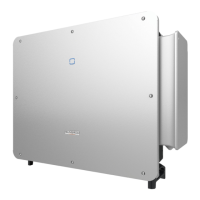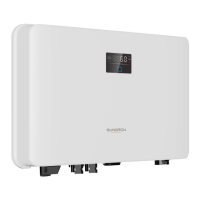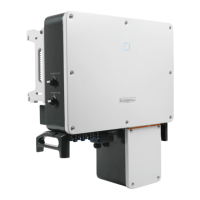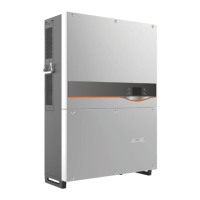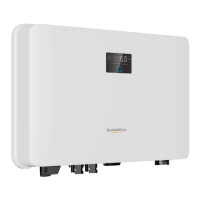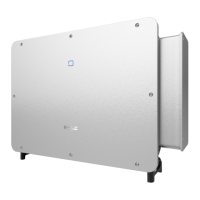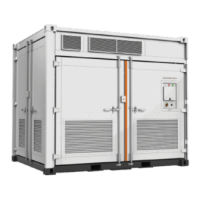35
All electrical connections must comply with local and national/regional electrical
standards.
• Cables used by the user shall comply with the requirements of local laws and
regulations.
• Only with the permission of the national/regional grid department, the inverter
can be connected to the grid.
• Install the external protective grounding cable first when performing electrical
connection and remove the external protective grounding cable last when re-
moving the inverter.
• Keep the AC output cable and the DC input cable close to each other during
electrical connection.
• Comply with the safety instructions related to PV strings and the regulations re-
lated to the utility grid.
• After being crimped, the OT terminal must wrap the wires completely, and the
wires must contact the OT terminal closely.
• When using a heat gun, protect the device from being scorched.
• Keep the PV+ cable and PV– cable close to each other when connecting DC in-
put cables.
• Before connecting a power cable (such as the AC cable, the DC cable, etc.),
confirm that the label and identifier on the power cable are correct.
• When laying out communication cables, separate them from power cables and
keep them away from strong interference sources to prevent communication
interruption.
• All vacant terminals must be covered with waterproof covers to prevent affect-
ing the protection performance.
• Ensure that AC output cables are firmly connected. Failing to do so may cause
inverter malfunction or damage to its AC connectors.
• When the wiring is completed, seal the gap at the cable inlet and outlet holes
with fireproof/waterproof materials such as fireproof mud to prevent foreign
matter or moisture from entering and affecting the long-term normal operation
of the inverter.
User Manual 5 Electrical Connection
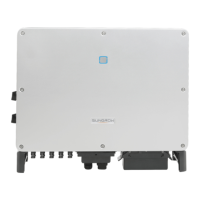
